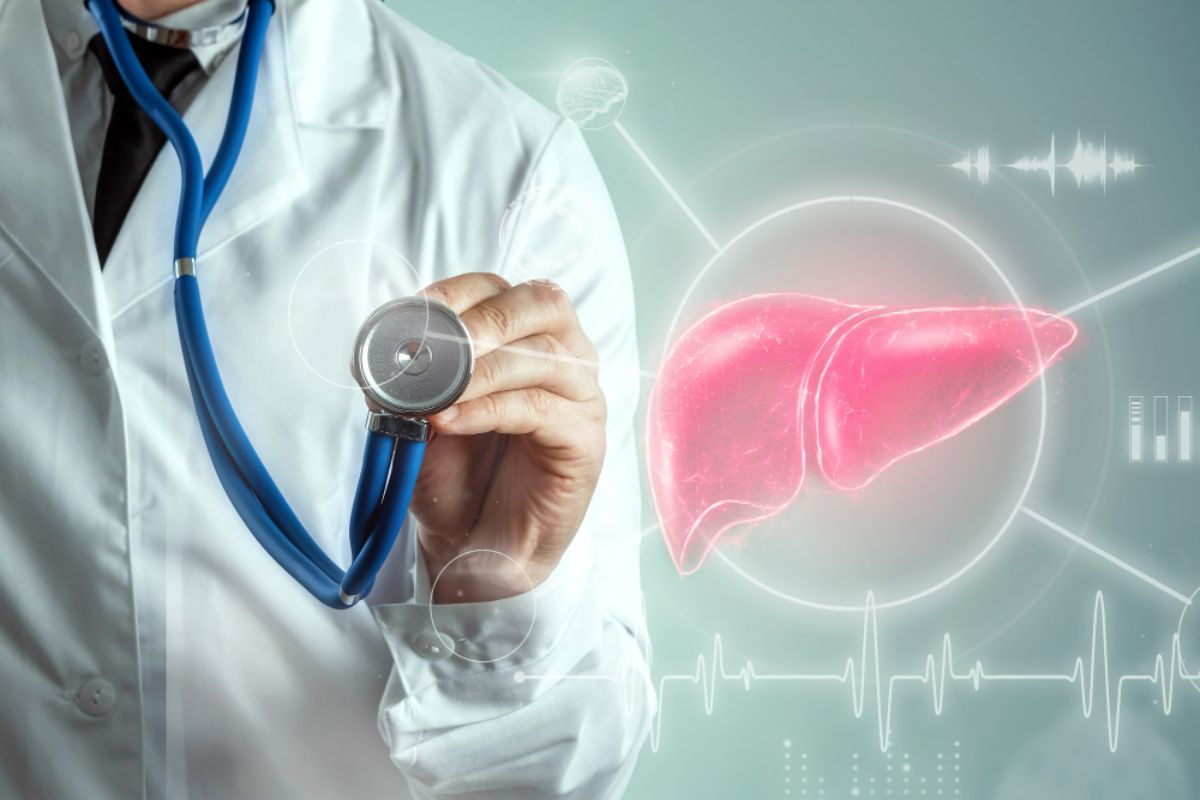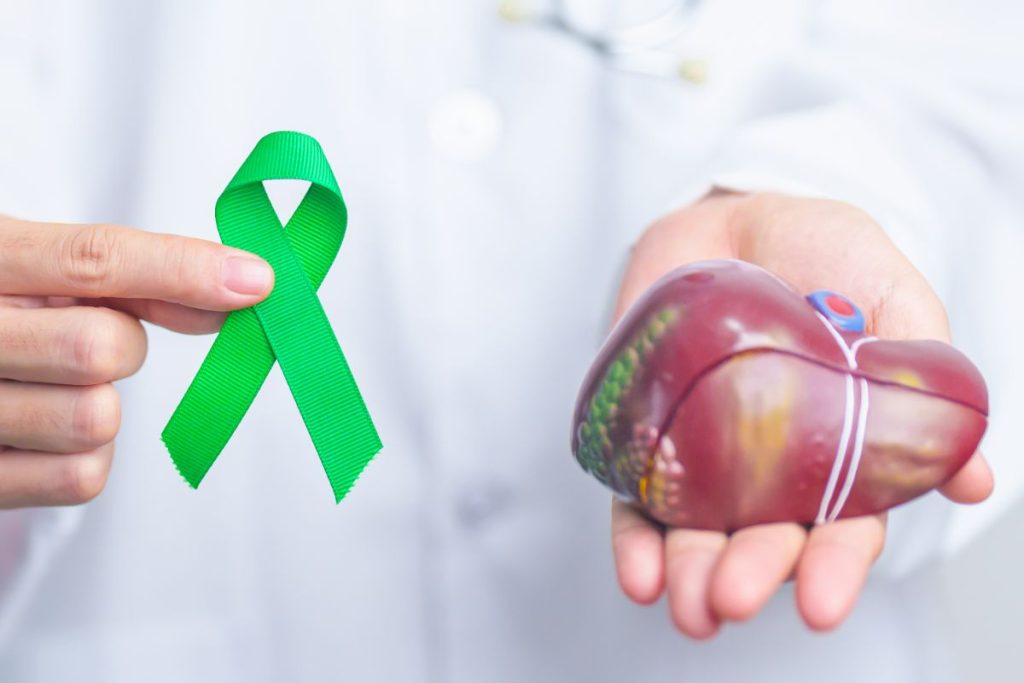Overview
- From initial phases to metastatic conditions, this article seeks to provide a thorough insight into the importance of every stage of liver cancer, covering its development, diagnosis, and treatment.
The liver, situated in the upper right part of the abdominal cavity beneath the diaphragm, is a cone-shaped, dark reddish-brown organ. Its main role is to perform key functions, including bile production for fat digestion, glycogen storage for energy, and filtering harmful substances from the blood.
However, when these processes are compromised, they can lead to the development of cancerous conditions. In this article, we delve into the critical stages of liver cancer, offering a comprehensive understanding of its progression, diagnosis, and treatment at specialized medical services in Las Piñas City.
What is Liver Cancer?

Liver cancer occurs when harmful cells grow in the liver tissues, setting it apart from cancers originating elsewhere and spreading to this vital organ. Hepatocellular carcinoma (HCC) and bile duct cancer (cholangiocarcinoma) emerge as the primary types of adult liver cancer, each presenting distinct challenges and treatment approaches. Secondary (metastatic) liver cancer results from the spread of cancer from other organs, typically through the bloodstream or lymphatic system.
Recognizing the symptoms of liver cancer is important for early detection and effective treatment. These symptoms include
- A hard lump below the rib cage
- Upper abdominal discomfort
- A swollen abdomen
- Pain near the right shoulder blade or back
- Jaundice
- Easy bruising
- Fatigue
- Nausea
- Vomiting
- Appetite loss
- Unexplained weight loss
- Pale bowel movements
- Dark urine
- Fever
It is important to consult a doctor if experiencing these symptoms, as early detection is crucial for effective treatment.
What are the Stages of Liver Cancer?
Accurate staging is crucial in developing personalized treatment plans and facilitating effective communication among healthcare professionals to optimize patient care.
Stage I: Early Stage Liver Cancer
In the initial phase of Stage I liver cancer, there’s typically just one main tumor, and it’s smaller than 2 centimeters. Because of its limited size and the fact that it hasn’t invaded blood vessels, the impact on nearby organs is minimal. There is no spread to nearby lymph nodes or distant sites, maintaining a localized and contained manifestation of liver cancer.
For this stage, the commonly recommended treatment is surgery. Given the localized nature of the disease and the absence of vascular invasion, surgery aims to remove the primary tumor, potentially providing a cure.
Stage II: Locally Advanced Liver Cancer
As the cancer progresses, it may involve nearby blood vessels, impacting liver function and potentially causing increased pressure in the portal vein. The tumor sizes for Stage II liver cancer vary across the stages, ranging from smaller than 5 cm in early stages to the presence of one or more tumors, each smaller than 5 cm in advanced stages.
In this stage of the condition, you might notice signs connected to the nearby structures and organs. Treatment options can involve surgery to remove the affected area, targeted therapies, or local treatments such as transarterial chemoembolization (TACE) or radioembolization.
Stage III: Advanced Liver Cancer
Stage 3 liver cancer encompasses various scenarios with differing levels of severity. In Stage 3A, multiple tumors, with at least one exceeding 5 cm, are present, or a tumor has extended into a major branch of nearby blood vessels. In Stage 3B, several tumors exist, and at least one is infiltrating a branch of the portal vein or hepatic vein. Stage 3C involves the presence of liver tumors in nearby lymph nodes.
Specific signs and symptoms of Stage 3 liver cancer may include abdominal discomfort, pain, or other systemic effects. However, symptoms can vary based on the exact presentation and involvement of blood vessels, nearby organs, or lymph nodes.
Stage IV: Metastatic Liver Cancer
Advanced Metastatic liver cancer stages involve the invasion of critical structures, such as the portal vein, and spread to distant sites like the lymph nodes, lungs, and bones. This invasion can have profound effects on the body’s normal functioning.
Symptoms of this type may include manifestations of metastasis, such as bone pain, respiratory issues, or enlarged lymph nodes. The treatment approach may involve a combination of therapies, such as chemotherapy and targeted treatments, aiming to manage symptoms and slow the progression of the disease.
Treatment Approaches
Surgery, including hepatectomy and liver transplantation, remains a primary treatment for liver cancer, selectively removing tumors and surrounding tissue. However, its viability depends on factors like tumor size, liver function, and overall health.
Non-surgical options like radiofrequency ablation, percutaneous ethanol injection, and radiation therapy provide alternatives when surgery is not feasible or cancer has spread. Systemic therapies such as targeted therapy and immunotherapy aim to slow tumor growth and extend survival.
Key Takeaway
In understanding the stages of liver cancer, early detection and timely intervention are pivotal for positive outcomes. Learning the details of each stage empowers people to make informed decisions about their health and the health of their families and friends.
If you or a loved one is facing concerns related to liver health, seek guidance from experts at Perpetual Help Medical Center – Las Piñas. With nearly 45 years of dedicated service and a commitment to advanced medical care, PHMC-LP stands ready to provide comprehensive support. For inquiries or appointments, contact us today!

